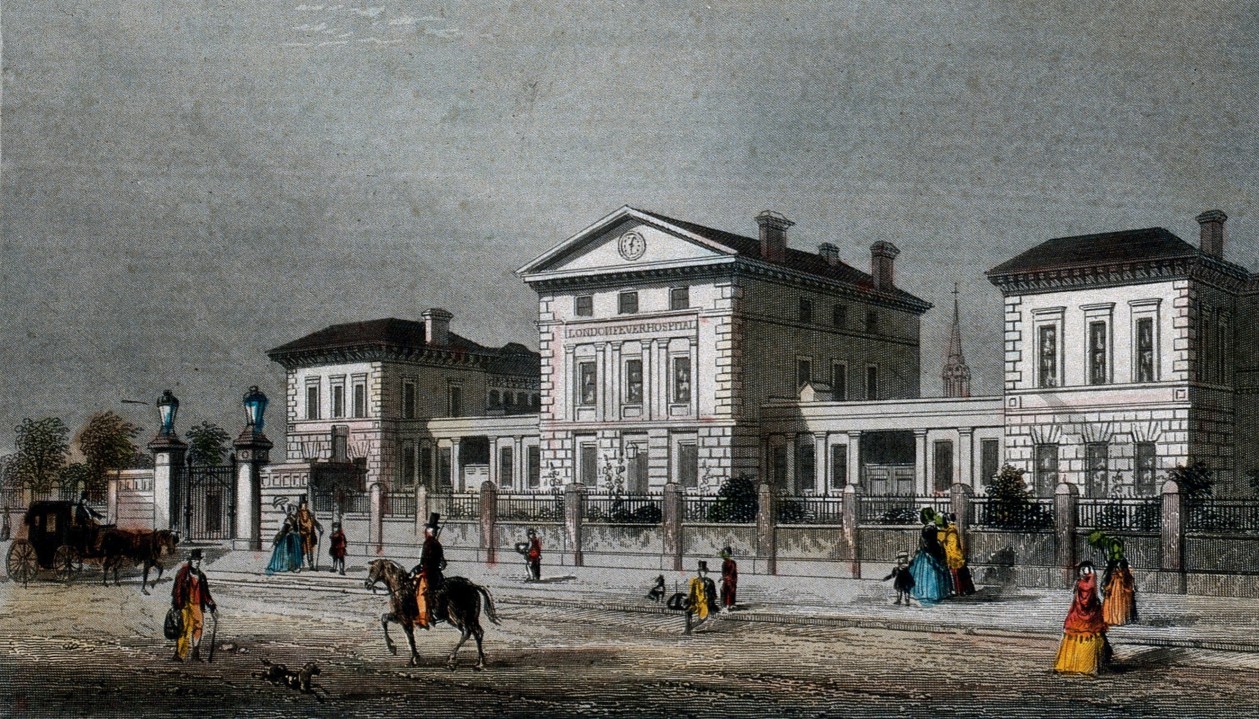Could the future of pandemic planning lie in our past? A century ago, there were hundreds of so-called ‘fever hospitals’ dotted across Britain. These small institutions were built for diseases of a bygone age – smallpox, scarlet fever and typhus – but were designed for precisely the same problems we face today.
They contained isolation wards, separate accommodation for different infections, laboratories, operating theatres and convalescent wards with activities for recovering patients. Given the current problems of the Covid-19 outbreak, we need to re-establish these medical relics.
The lessons that led to the fever hospitals’ formation were paid for with the lives and suffering of our fellow human beings
Fever hospitals were often built so that open-plan wards could be quickly converted into separated isolation rooms at relatively low cost. They were places that were separate from the community and staffed by specialists. Many remained closed except during epidemic outbreaks. Clearly our forebears grasped the need for a flexible response in times of uncertainty and a surge in sickness, a lesson that should surely be resuscitated for our own times.

Britain’s best politics newsletters
You get two free articles each week when you sign up to The Spectator’s emails.
Already a subscriber? Log in







Comments
Join the debate for just £1 a month
Be part of the conversation with other Spectator readers by getting your first three months for £3.
UNLOCK ACCESS Just £1 a monthAlready a subscriber? Log in